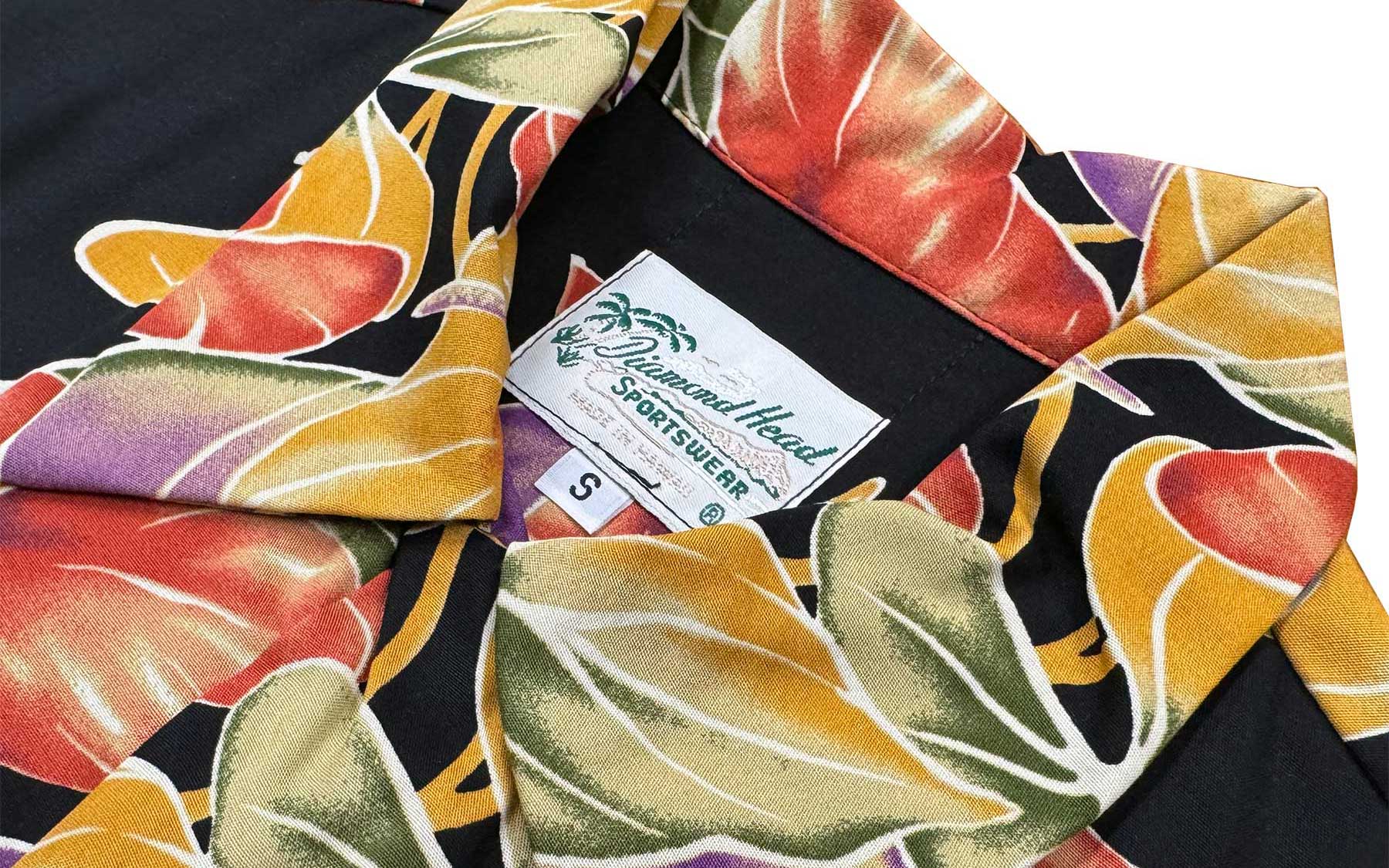Here in Hawaii, get are share of hurricane close calls every year and accept it as a part of life. With hurricanes in the news in recent days, we figure now is as good a time as any make sure you’re ready for the next one. Hurricane season runs from May through November. But no matter the time of the year, even if you don’t live in typical hurricane areas, it’s always good to have your emergency preparedness kit as it will come in handy after an earthquake, storm or massive blackout.

Prepping for a storm with a Coleman Xtreme cooler which holds ice longer than normal coolers (but not as long as the really expensive ones)
In the event of a hurricane, you will almost certainly loose power for a period of time. It can be as short as a few hours or as long as a few weeks. In the case of Puerto Rico, it can be as long as many months. At the very least you should be prepared to go without electricity and other basics for a few days.
You may also lose access to clean water. That's where your bottled water comes in. You can also disinfect water with chlorine bleach or by boiling it. In most cases, you'll probably have your municipal water supply restored within a few days. But you want to make sure you have some ability to make your own clean water if that is not the case. Remember, clean water is more important than food!
If you have the option, it is generally recommended that you go to an emergency shelter, especially if you live in a dwelling that is susceptible to flooding or damage due to hurricane force winds. Those winds are powerful enough to rip roofs right off the house and shatter windows with debris. You don't want to be in the house when those events occur.
If you know your building is not in danger of flooding or structural damage, you might decide to stay home and shelter in place. And in that case, the basic kit with food, water, batteries, etc should be enough to get you through the storm.
Perhaps the most under-appreciated thing is your brain. Think ahead. Stay safe. Don't take unnecessary risks. Most of the loss of life comes from flooding (from rainfall and storm surge), not wind. Mother Nature can be brutally unforgiving so it's always better to play it safe.
So with that in mind, here's a list of things you should consider for your hurricane emergency kit.
Basic Kit:
- Water: Have at least a 3-day supply; one gallon per person per day
- Food: Have at least a 3-day supply of non-perishable, easy-to-prepare food. (Here in Hawaii, we love Spam! But that's just us.)
- Lighting: Flashlight and lantern (battery or hand-powered)
- Radio: Battery-powered or hand-crank radio, ideally with NOAA Weather Radio
- Extra Batteries: make sure they fit your flashlight, radio and other emergency gear
- Solar-powered charger: to keep your phones and other devices charged
- 2-way communication devices: cell phones, walkie talkies
- First Aid Kit
- Matches: keep them in a sealed bag to keep them dry, survival lighter, or metal fire starter
- Whistle: to signal for help
- Dust mask: to filter contaminated air and plastic sheeting and duct tape to shelter in place
- Personal Sanitation: Moist towelettes, garbage bags, plastic ties, hygiene products
- Local maps
- Multi-Purpose Tool Kit: can opener, knife, wrench
- Documents: personal documents such as insurance policies, birth certificates, lease or deed to home
- Bug repellant: aftermath of storms can include mosquitos
- Sunscreen: aftermath may have you out in the sun
- Rain gear: jackets, rain coats, boots, umbrella
Here are some additional items you may need depending on your personal circumstances.
- Portable gas cooker: Use to boil water, heat/cook food, etc
- Medications: Have at least a 7-day supply along with other medical items like hearing aids, glasses, contact lenses, syringes, etc.
- Non-Prescription Medications: pain relievers, anti-diarrhea, etc
- Baby supplies: diapers, food, bottles, formula, if applicable
- Pet supplies: foods, water, water bowl, etc
- Money: cash or travelers checks
- Sleeping bags or blankets: in case you need to go to a shelter
- Shoes & clothing: complete change of clothing and shoes appropriate for your climate, especially if you need to walk to get somewhere else
- Household chlorine bleach: with medicine dropper to disinfect water
- Fire extinguisher
- Paper and pencil: to write signs, messages, take notes, etc
- Activities for kids: books, games, puzzles etc to keep them occupied
We strongly recommend getting these things well ahead of time before any hurricane is even in the news. By the time a hurricane is approaching, people will swamp the stores and to buy up all the bottled water, batteries, gasoline, and other staples. Don't wait until everyone is trying to buy these things or you'll be stuck in long lines or unable to get them at all.
The last time we had a hurricane warning here in Hawaii, we had most of the things on this list ready to go. We also made many large blocks of ice using plastic containers and put them in a high-performance cooler which keeps ice for 4-5 days. Even though the hurricane never came, we tested this out and kept foods cold enough for several days without spoilage. In fact, we pretended a hurricane actually happened lived for 24 hours as if we had no electricity. All our food came from our kit of cooler and all the cooking was done using the portable gas stove. All lighting came from flashlights and all phone charging came via a solar powered charger. It was a good practice run so we'll be more ready when a hurricane actually hits.




